Travel China with "Dream of the Red Chamber"
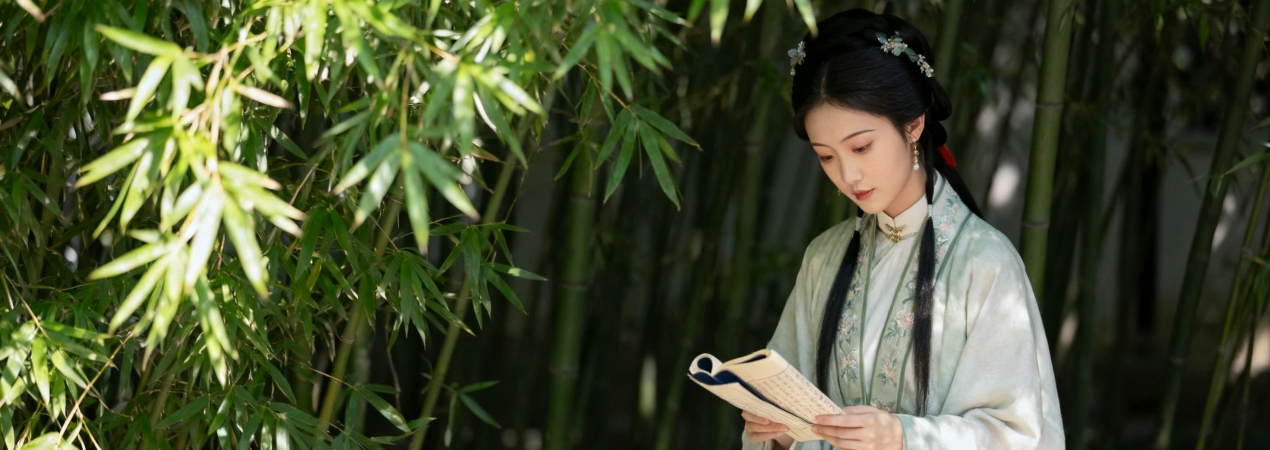
Dream of the Red Chamber (also known as The Story of the Stone), the pinnacle of classical Chinese literature, is hailed as China's "Complete Works of Shakespeare". Its author, Cao Xueqin, sets the story against the rise and fall of the four noble families of Jia, Shi, Wang, and Xue, with a particular focus on the Jia family. You will witness the Jia family's entire journey from extreme prosperity to decline, which presents an "encyclopedia" of late feudal China. Additionally, the book vividly depicts hundreds of characters with distinct personalities, ranging from masters and mistresses to maidservants. It covers various aspects such as food, clothing, gardens, poetry, opera, and medicine, constructing an extremely realistic and all-encompassing artistic world.
As a pioneer in China's thematic educational travel, China Educational Tours is well aware that true travel is not merely a physical movement across space, but also a journey through time and a resonance with culture. Traveling China with Dream of the Red Chamber allows you to explore the culture of this classic novel through architecture, gardens, mountains, and rivers, gain an in-depth understanding of the life aesthetics and spiritual essence of classical China, and transform your "reading journey on paper" into a personal exploration.
Beijing: The Prosperous Scenery of the Jia Family in the Heart of the Imperial Capital
The main story of Dream of the Red Chamber takes place in the imperial capital. Beijing Grand View Garden is a garden built to recreate the one described in the novel. Constructed in 1984, this garden and its courtyards are designed to replicate the scenes from the book, making it a must-visit destination for fans of Dream of the Red Chamber.
Enter through the main gate of Grand View Garden and visit the "Winding Path Leading to Seclusion" and the "Qinfang Pavilion Bridge" in sequence to experience the ingenious layout and poetic atmosphere of the garden. Next, head to the "Happy Red Court" (Yihongyuan), where you can admire its magnificent architecture and exquisite furnishings, and get a sense of Jia Baoyu's living environment. Later, tour the "Bamboo Lodge" (Xiaoxiangguan) to feel the poetic charm and melancholy of Lin Daiyu. Then, go to the "Rice-Fragrance Village" (Daoxiangcun) to enjoy the idyllic scenery. After that, visit the "Green Lattice Nunnery" (Longcui'an) to experience the tranquility of Miao Yu's place of spiritual practice. Finally, proceed to the "Grand View Tower" (Daguanlou) and the "Imperial Visitation Villa" (Shengqin Bieshu) to appreciate their grand and magnificent architecture and feel the royal demeanor. Under the guidance of our professional cultural instructors, you will not only visit places like the Happy Red Court and the Bamboo Lodge but also understand how the layout of each courtyard subtly corresponds to the fates of the characters, and how every couplet and inscribed board poem reveals the soul of the garden.
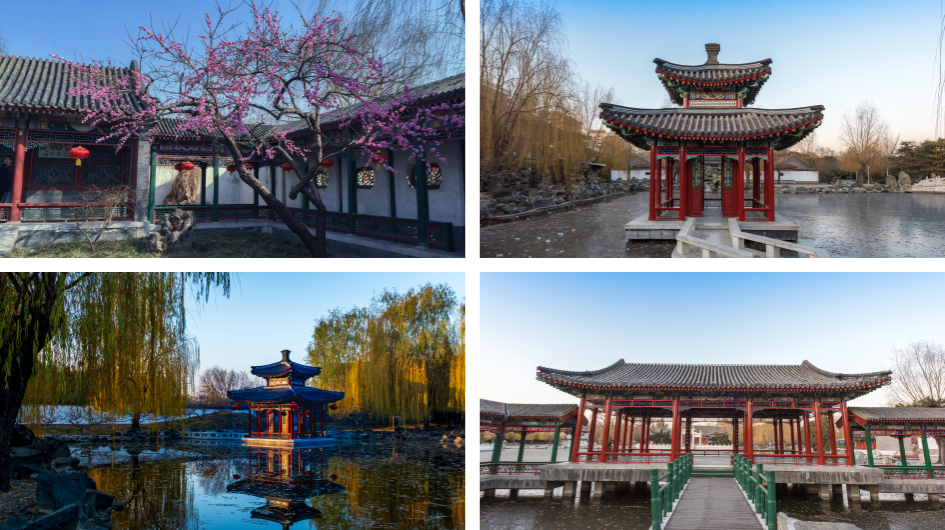 Beijing Grand View Garden
Beijing Grand View GardenBeyond Grand View Garden, Beijing's Western Hills also have connections to Dream of the Red Chamber. Legend has it that in his later years, Cao Xueqin lived in Huangye Village (Yellow Leaf Village) in the Western Hills and wrote the last 40 chapters of Dream of the Red Chamber. Today, the Cao Xueqin Former Residence Memorial Hall has been established in the Western Hills. The memorial hall displays replicas of Cao Xueqin's manuscripts, daily utensils from the Qing Dynasty, and portraits of characters from Dream of the Red Chamber hang on the walls.
In addition, Beijing's Prince Gong's Mansion is regarded as the real-life prototype of the "Rongguo Mansion" (the residence of one branch of the Jia family in the novel). As you wander through its splendid mansions and gardens, our lecturers will explain the architectural regulations of Qing Dynasty princely mansions to you, allowing you to intuitively experience the prosperity and majesty of the Jia family—described in the novel as "having halls made of white jade and horses adorned with gold"—and understand the true picture of noble life.
Nanjing: A Century of Textile Weaving in Jinling's Misty Rain
Although the Jia family in Dream of the Red Chamber resided in the imperial capital for most of the time, "having their original home in Jinling" was an indelible mark rooted in the family's identity. Nanjing, the ancient capital once known as "Jinling", is exactly the "spiritual hometown" of the Jia family's story and the starting point for interpreting Dream of the Red Chamber.
The Jia family described in the book is magnificent and grand. If you want to find the "grandeur" of the Jia family, you can first explore Nanjing's Jiangning Imperial Silk Manufacturing Museum to understand why the Jia family was wealthy. Cao Yin, the grandfather of Cao Xueqin (author of Dream of the Red Chamber), once served as the supervisor of Jiangning Imperial Silk Manufacturing, responsible for supplying silk fabrics to the royal family. His power and wealth were no less than those of the Jia family in the novel. Therefore, the gorgeous costumes and exquisite mansions written by Cao Xueqin in the book were all inspired by the affluent environment he lived in.
Today, the Jiangning Imperial Silk Manufacturing Museum not only displays Yunjin (Nanjing Brocade) from the Qing Dynasty—among which the "Peacock Gold Coat" worn by the protagonist Jia Baoyu in the book is a typical piece of Yunjin—but also allows you to interpret the glorious history of the Cao family, where four members across three generations served as supervisors of Jiangning Imperial Silk Manufacturing. Here, you can see the real versions of the "Soft Luo Smoke" and "Rosy Shadow Gauze" mentioned in the book—these are the peerless treasures of Nanjing Brocade. You will also understand why this craft could become a royal exclusive product and a symbol of wealth.
Suzhou: The Exquisite Epitome of Jiangnan Gardens
The main plot of Dream of the Red Chamber revolves around the emotional entanglement between Jia Baoyu, a noble young man, and his cousins—Lin Daiyu and Xue Baochai. Lin Daiyu's hometown is Suzhou, which is described in the book as "one of the most prosperous and elegant places in the mortal world." The exquisite art of Suzhou gardens served as the artistic source for the "Grand View Garden" .
Every rock, every body of water, every pavilion, and every pavilion in Suzhou gardens is the best textbook for understanding the gardening aesthetics of the Grand View Garden. Two highly recommended gardens are the Humble Administrator's Garden and Lion Grove Garden.
The Humble Administrator's Garden features a natural, well-spaced layout centered on water. It recreates the artistic conception of landscape poems and paintings within a real natural setting, brimming with poetic charm. For this reason, it is praised as "the mother of all gardens under heaven."
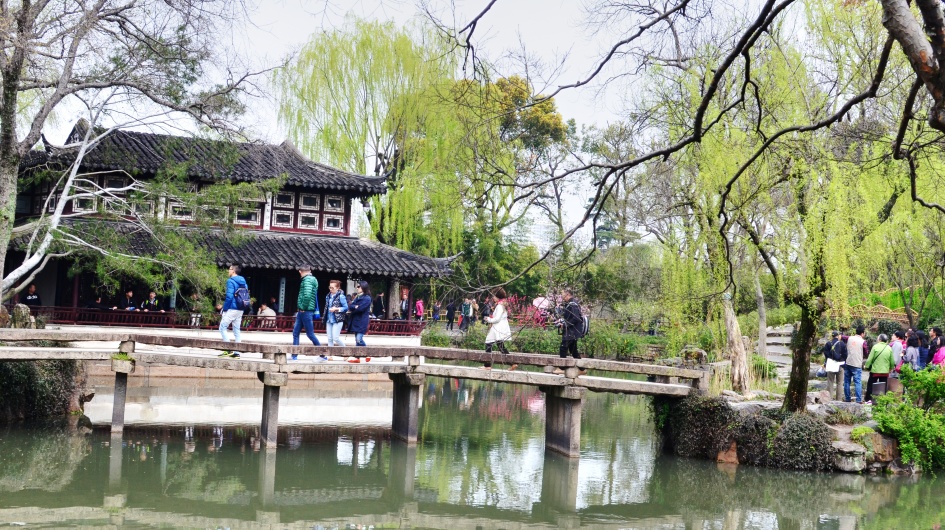 Visit the Humble Administrator's Garden to learn about the architectural features of Suzhou gardens
Visit the Humble Administrator's Garden to learn about the architectural features of Suzhou gardensLion Grove Garden boasts the largest rockery complex among Suzhou gardens. Its rockery caves crisscross and wind through like a maze—visitors wandering inside feel as if they are navigating a labyrinth. This gardening technique of "taking mountains as the garden and rocks as the scenery" is unique among classical Jiangnan gardens. It bears great similarity to the gardening style of the Grand View Garden, which includes winding corridors, elegant rockeries, and flowing water.
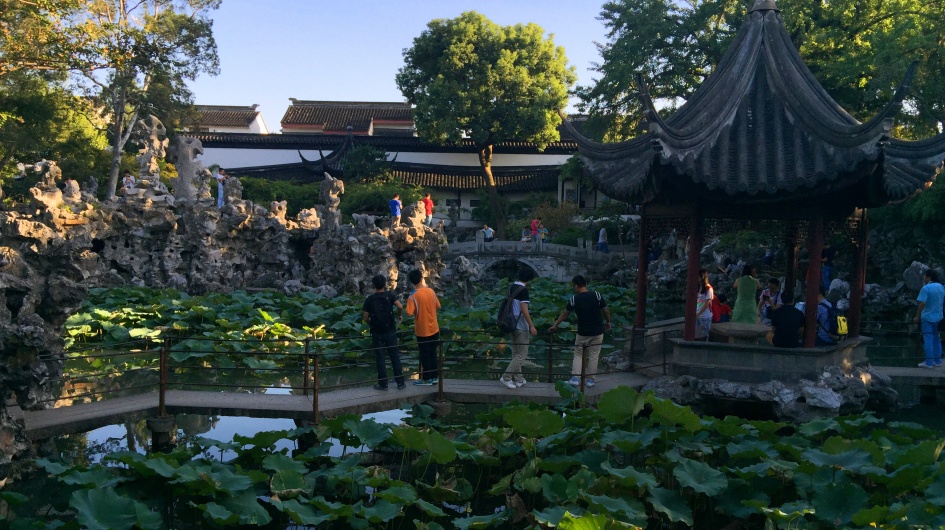 In-Depth Study of Suzhou Garden Layout at Lion Grove Garden
In-Depth Study of Suzhou Garden Layout at Lion Grove GardenAs you stroll through Suzhou gardens, weaving through rockeries and winding paths, admiring the scenery of Jiangnan gardens, you will experience the joy of garden-visiting described in the novel. Our experts will also point out how Cao Xueqin drew inspiration from the essential gardening techniques of Jiangnan gardens—such as "borrowed scenery" (incorporating external views into the garden), "opposing scenery" (arranging views to complement each other), and "partitioned scenery" (using structures to divide and enrich views)—to construct the all-encompassing, infinitely evocative ideal land in his literature: the Grand View Garden.
Additionally, you can visit Shantang Street and Changmen Gate, where you can trace the opening lines of Dream of the Red Chamber: "In ancient times, when the earth sank in the southeast, there was a place in that corner called Gusu (old name for Suzhou), and within it a city gate called Changmen—one of the most prosperous and elegant places in the mortal world." Standing under Changmen Gate and wandering along Shantang Street, we will help you recreate the bustling urban scene of ancient Gusu. This is where Zhen Shiyin's dreams began, and also the "mortal place" where the entire story originated.
Suggestions for Travel Itinerary Planning
We are well aware that this is not merely a simple sightseeing trip, but a journey of cross-temporal literary dream-chasing, cultural origin-tracing, and emotional resonance. We reject hasty "check-the-spot" tours and are committed to creating a customized "Dream of the Red Chamber" journey that belongs exclusively to you.
Day 1: Arrive in Beijing
Arrive in Beijing, where your exploration of A Dream of Red Mansions culture begins.
Day 2: Visit Tiananmen Square, the Palace Museum (Forbidden City), and Prince Gong’s Mansion
First, visit Tiananmen Square, then head to the Palace Museum (the former Imperial Palace) to learn about the daily life of royal families in ancient China. Finally, arrive at Prince Gong’s Mansion—regarded as the real-life prototype of the "Rongguo Mansion" described in A Dream of Red Mansions. Our lecturer will analyze the architectural and institutional norms of Qing Dynasty princely mansions for you, allowing you to intuitively feel the prosperity of the Jia family and understand the true picture of aristocratic life.
Day 3: Visit Mutianyu Great Wall
Today, you will start a full-day exploration of the Great Wall. Arrive at the Mutianyu Great Wall to admire its magnificent scenery, and listen to the guide explain the Great Wall’s defense system.
Day 4: Visit Beijing Grand View Garden, Western Hills, and Cao Xueqin Former Residence Memorial Hall; depart for Nanjing
In the morning, arrive at Beijing Grand View Garden—a royal-style garden built based on the original description of A Dream of Red Mansions. The buildings and landscapes in the garden strive to be faithful to the details in the novel, offering you an in-depth experience of the pleasure of wandering through a garden as depicted in the book. Next, depart for the Western Hills to visit the Memorial Hall of Cao Xueqin’s Former Residence, where you can gain a deeper understanding of the author of A Dream of Red Mansions. Finally, depart for Nanjing.
Day 5: Visit the Ruins of Dabao’en Temple Scenic Area, Jiangning Imperial Silk Manufacturing Museum, Nanjing Museum, and Confucius Temple - Qinhuai Scenic Belt
Your first stop is the Ruins of the Porcelain Tower of Nanjing (Great Bao’en Temple Ruins Scenic Area), where you will visit the Porcelain Tower—once listed as one of the Seven Wonders of the Medieval World. Then, head to the Jiangning Imperial Silk Manufacturing Museum to explore the literary context of A Dream of Red Mansions; the guide will explain the reasons and process of the Jia family’s rise and fall. You will also have the chance to see the craftsmanship of Yunjin (Nanjing brocade), a national intangible cultural heritage. Finally, visit the Nanjing Museum and the Confucius Temple (Fuzimiao)—the core scenic spot of the Qinhuai River landscape.
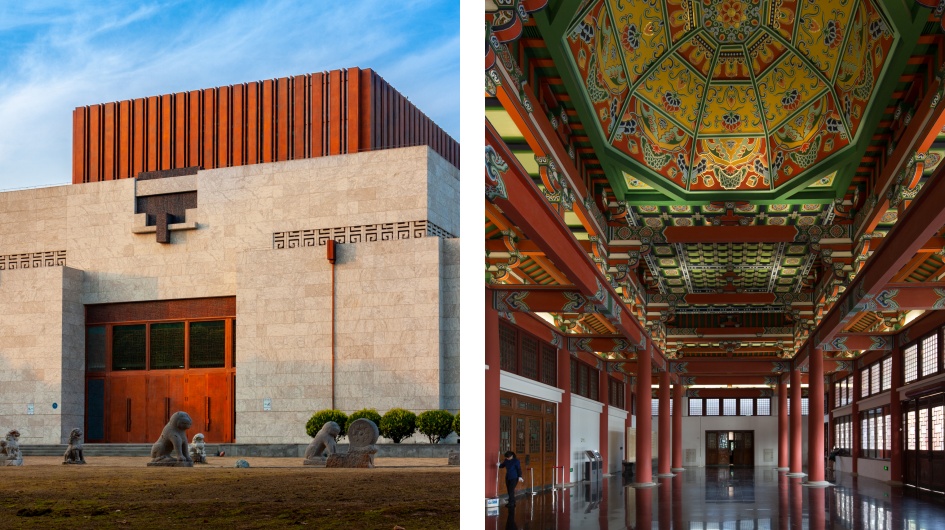 The Exterior and Interior of Nanjing Museum
The Exterior and Interior of Nanjing MuseumDay 6: Depart for Suzhou; visit Humble Administrator's Garden, Lion Grove Garden, and Shantang Street
In the morning, depart for Suzhou. Visit the Humble Administrator’s Garden and Lion Grove Garden to experience the garden-designing wisdom that inspired the "Grand View Garden" in the novel. Finally, go to Shantang Street, where you can watch traditional opera performances or take a hand-rowed boat tour along the river to feel the charm of Jiangnan water towns.
Day 7: Visit Suzhou Museum, Pingjiang Road Pedestrian Street, and experience the Night Garden Program at Master-of-Nets Garden
In the morning, set out to explore the Suzhou Museum—a comprehensive museum that integrates modern gallery architecture, ancient buildings, and innovative landscape gardens. Then, head to Pingjiang Road Pedestrian Street, one of the best-preserved historical blocks in Suzhou. In the evening, visit the Master-of-Nets Garden to experience its "Night Garden" program, where you can enjoy immersive performances such as Kunqu Opera and Pingtan (Suzhou storytelling and ballad singing) under the night sky.
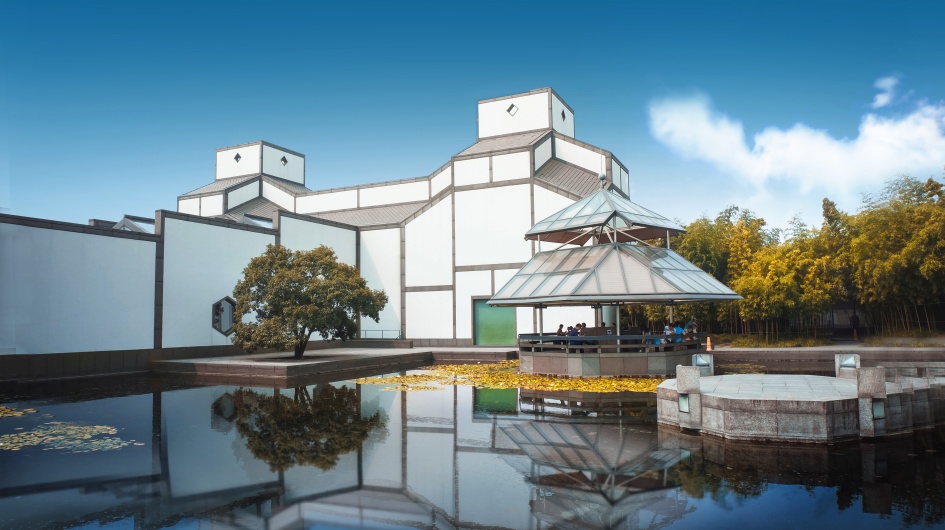 Suzhou Museum
Suzhou Museum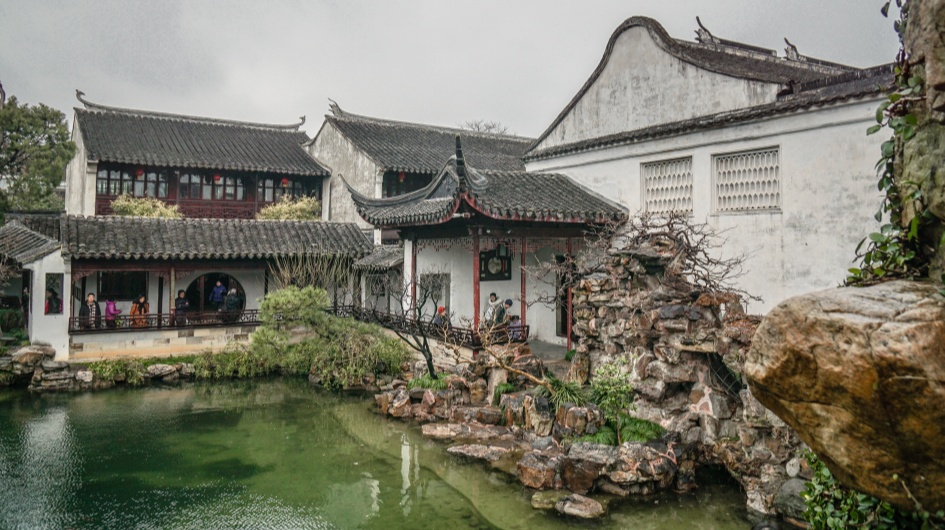 The Master-of-Nets Garden
The Master-of-Nets GardenDay 8: Return trip
Return home with beautiful memories.
Why Choose China Educational Tours' "Red Chamber Journey"?
Choosing China Educational Tours means you have selected the most professional "guide". We are not only travel planners, but also in-depth interpreters of Cao Xueqin and Dream of the Red Chamber. With detailed historical materials and affectionate narration, we perfectly integrate the author's life, literary creation, and geographical coordinates—allowing every step you take to be rooted in the pulse of history and the emotions of literature.
In-depth Thematic Customization: Your journey is fully personalized. Whether you are someone who resonates with the love story of Jia Baoyu and Lin Daiyu, an explorer of the Jia family's rise and fall, or someone who has a special passion for the costumes, cuisine, or garden aesthetics described in the book—just tell us, and we will tailor a unique itinerary for you.
Expert-led Cultural Guidance: We can arrange for Redology researchers (scholars specializing in the study of Dream of the Red Chamber) or senior cultural lecturers to accompany you and provide explanations. They will deeply interpret the hidden stories behind the text and the historical context of the era, bringing every scenic spot "to life".
Exclusive Cultural Experiences: We focus not only on "seeing", but more on "experiencing". We can arrange exclusive experiences such as the "Red Chamber Banquet", a Nanjing Brocade weaving workshop, and Suzhou Pingtan (storytelling and ballad-singing) appreciation. These experiences will immerse all your five senses in the culture of Dream of the Red Chamber.
One-stop Journey Arrangements: From transportation and accommodation to the featured meals at every dining session, we provide comprehensive and exquisite arrangements. This ensures you can focus wholeheartedly on this cultural pilgrimage without any distractions.
China Educational Tours sincerely invites you: Let us take Dream of the Red Chamber as our guide, and use professionalism and enthusiasm as our "boat". We will lead you on an unforgettable, in-depth, and heartfelt journey of chasing Chinese cultural dreams.
Drop us a line and we'll connect you with the top China expert in no time!